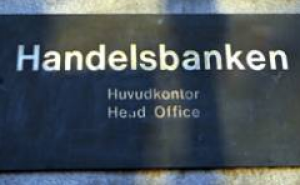Analys
SHB Veckans råvarukommentar 23 januari 2015
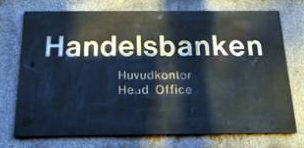
 Händelserik vecka på markoarenan
Händelserik vecka på markoarenan- Vårt aluminiumcase håller än
- Oljepriset stabiliserar sig
- Utbudsstörning skulle få oljan att rusa
- Guldet fortsatt upp efter tillflykt till säker hamn
- Nederbördsrikt och milt väder håller elpriset nere
Vi lägger en händelserik vecka med stora rörelser på makroarenan bakom oss. ECB lanserade slutligen QE och Kina släppte makrodata som var i linje eller något bättre än förväntat. Fortfarande är dock fastighetssektorn svag och koppar med flera basmetaller handlas svagt efter Kinadata. Järnmalm är en annan råvara med stark koppling till Kinas byggnation och malmen har fallit till ny lägstanivå i denna prisrörelse, nu på 66,7 USD/ton.
Vårt case på aluminium från 15/1 har börjat bra, ligger 5 % upp och vi flaggar för att vara redo att ta vinsten. Caset har en potential på max 10 % i rådande marknad så med några ytterligare bra handelsdagar tycker vi man ska vara nöjd.
Oljepriset har stabiliserat sig på knappt USD 50 de senaste två veckorna och OPEC har slutat prata ned priset vid sina framträdande. Det ser alltså ut som att vi har nått botten men det finns inga tydliga tecken på att oljan ska handla upp snart. Terminskurvan prissätter brent kring USD 58 i december så en återgång till nivåer där en större del av skifferproducenterna är lönsamma är redan inprisad. Investeringar bland skifferbolagen pekar mot en kraftig avmattning i USA:s oljeproduktion under slutet av 2015. Antalet sysselsatta riggar har fallit dramatiskt de senaste veckorna men har ännu inte fått någon effekt i produktionen som steg till nytt rekord förra veckan. Det är alltid de minst produktiva riggarna som först ställs av, varför det dröjer innan produktionen minskar. De gamla prisnivåerna kring 80-90 USD ser vi som otänkbara då de åter kommer attrahera hela spannet av skifferproducenter. OPEC:s aktion för lägre pris har kostat mycket pengar och om inte resultatet blir att konkurrensen från marginalproducenter slås ut så var hela aktionen meningslös. Vi landar därmed i att dagens pris kommer eliminera för mycket nödvändiga återinvesteringar men att USD 80 är för högt.
Riskbilden i denna analys ligger dock på uppsidan då flera länder riskerar att destabiliseras med rådande oljepris under 2015. Venezuela är största risken där marknaden prisätter 86 % risk för default under 2015. Nigeria är nästa risk utöver ökade spänningar i Mellanöstern. En större utbudsstörning skulle sannolikt få marknaden att rusa från dagens nedtryckta nivåer.
Under veckan har Saudiarabiens kung Abdullah avlidit och spekulation om att det öppnar för förändrad policy från Saudiarabien fick oljan att stiga. Vi tror inte att det är så sannolikt då det kommer vara viktigt för kungahuset att visa en enad front efter att kronprins Salman tar över som ny kung.
Gårdagens besked från ECB om QE har lett till ytterligare försvagning av euron, och därtill kopplad förstärkning av dollarn. Euron har nu fallit med över 7 % under det nya året, och med nästan 18 % sedan i somras, mot amerikanska dollarn, och detta ligger naturligtvis som en våt filt över dollarnoterade råvaror. Guldet har dock handlat upp till 1300 USD per ounce trots dollarförstärkningen, drivet av en flykt till säkra tillgångar efter bl.a. Schweiz valutachock i förra veckan, och av den fortsatta nedgången i globala räntor. Handelsbankens syn är alltjämt att Fed kommer att höja tidigare än vad marknaden just nu prisar in. Vi ser därför nuvarande nivåer på guldet som höga, och att risken i priset är på nedsidan, även om vi är lite förundrade över att priset hållit sig på dessa nivåer trots dollarns styrka och fallet i framför allt oljepriset.
Elpriset, närmare bestämt kvartal Q215 (underliggande till våra certifikat), har under årets inledande handel fastnat i ett lägre intervall mellan 26-27 EUR/MWh då det milda och nederbördsrikt vädret i kombination med allt lägre kolpriser fortsätter att överraska. Hydrologin har också förbättrats nämnvärt där vi inför årsskiftet hade ett underskott kring 8 TWh och som nu närmare sig +2 TWh. Det fanns en viss förhoppning om högre elpriser inför EU-kommissionens omröstning av förslaget att införa en stabilitetsreserv redan 2017 istället för år 2021 för att minska överskottet på utsläppsrätter. Förslaget röstades dock ned vilket gjorde att utsläppsrätterna föll och drog med sig elmarknaden. Nu måste miljögruppen inom kommissionen omarbeta förslaget som parlamentet och rådet får ta ställning till, nästa möte den 24/2 så det lär inte hända så värst mycket fram till dess. För att blicka framåt är det svårt att motivera någon kraftig uppgång på el under dessa milda förhållanden där spotpriset också ser ut vara under kontroll. Senaste väderprognosen pekar dessutom på hela 6 TWh nederbörd den kommande veckan vilket är 2 TWh över normalt. Det finns dock tecken på kyla mot slutet av perioden och kolpriset signalerar en uppgång från extremt låga nivåer vilket i kombination med en starkare USD kan driva upp priset under den kommande veckan.
Läs vårt Trading Case på Aluminium här (från 15 jan)
[box]SHB Råvarukommentar är producerat av Handelsbanken och publiceras i samarbete och med tillstånd på Råvarumarknaden.se[/box]
Ansvarsbegränsning
Detta material är producerat av Svenska Handelsbanken AB (publ) i fortsättningen kallad Handelsbanken. De som arbetar med innehållet är inte analytiker och materialet är inte oberoende investeringsanalys. Innehållet är uteslutande avsett för kunder i Sverige. Syftet är att ge en allmän information till Handelsbankens kunder och utgör inte ett personligt investeringsråd eller en personlig rekommendation. Informationen ska inte ensamt utgöra underlag för investeringsbeslut. Kunder bör inhämta råd från sina rådgivare och basera sina investeringsbeslut utifrån egen erfarenhet.
Informationen i materialet kan ändras och också avvika från de åsikter som uttrycks i oberoende investeringsanalyser från Handelsbanken. Informationen grundar sig på allmänt tillgänglig information och är hämtad från källor som bedöms som tillförlitliga, men riktigheten kan inte garanteras och informationen kan vara ofullständig eller nedkortad. Ingen del av förslaget får reproduceras eller distribueras till någon annan person utan att Handelsbanken dessförinnan lämnat sitt skriftliga medgivande. Handelsbanken ansvarar inte för att materialet används på ett sätt som strider mot förbudet mot vidarebefordran eller offentliggörs i strid med bankens regler.
Analys
Brent crude set to dip its feet into the high $50ies/b this week

Parts of the Brent crude curve dipping into the high $50ies/b. Brent crude fell 2.3% over the week to Friday. It closed the week at $61.29/b, a slight gain on the day, but also traded to a low of $60.14/b that same day and just barely avoided trading into the $50ies/b. This morning it is risk-on in equities which seems to help industrial metals a little higher. But no such luck for oil. It is down 0.8% at $60.8/b. This week looks set for Brent crude to dip its feet in the $50ies/b. The Brent 3mth contract actually traded into the high $50ies/b on Friday.

The front-end backwardation has been on a weakening foot and is now about to fully disappear. The lowest point of the crude oil curve has also moved steadily lower and lower and its discount to the 5yr contract is now $6.8/b. A solid contango. The Brent 3mth contract did actually dip into the $50ies/b intraday on Friday when it traded to a low point of $59.93/b.
More weakness to come as lots of oil at sea comes to ports. Mid-East OPEC countries have boosted exports along with lower post summer consumption and higher production. The result is highly visibly in oil at sea which increased by 17 mb to 1,311 mb over the week to Sunday. Up 185 mb since mid-August. On its way to discharge at a port somewhere over the coming month or two.
Don’t forget that the oil market path ahead is all down to OPEC+. Remember that what is playing out in the oil market now is all by design by OPEC+. The group has decided that the unwind of the voluntary cuts is what it wants to do. In a combination of meeting demand from consumers as well as taking back market share. But we need to remember that how this plays out going forward is all at the mercy of what OPEC+ decides to do. It will halt the unwinding at some point. It will revert to cuts instead of unwind at some point.
A few months with Brent at $55/b and 40-50 US shale oil rigs kicked out may be what is needed. We think OPEC+ needs to see the exit of another 40-50 drilling rigs in the US shale oil patches to set US shale oil production on a path to of a 1 mb/d year on year decline Dec-25 to Dec-26. We are not there yet. But a 2-3 months period with Brent crude averaging $55/b would probably do it.
Oil on water increased 17 mb over the week to Sunday while oil in transit increased by 23 mb. So less oil was standing still. More was moving.
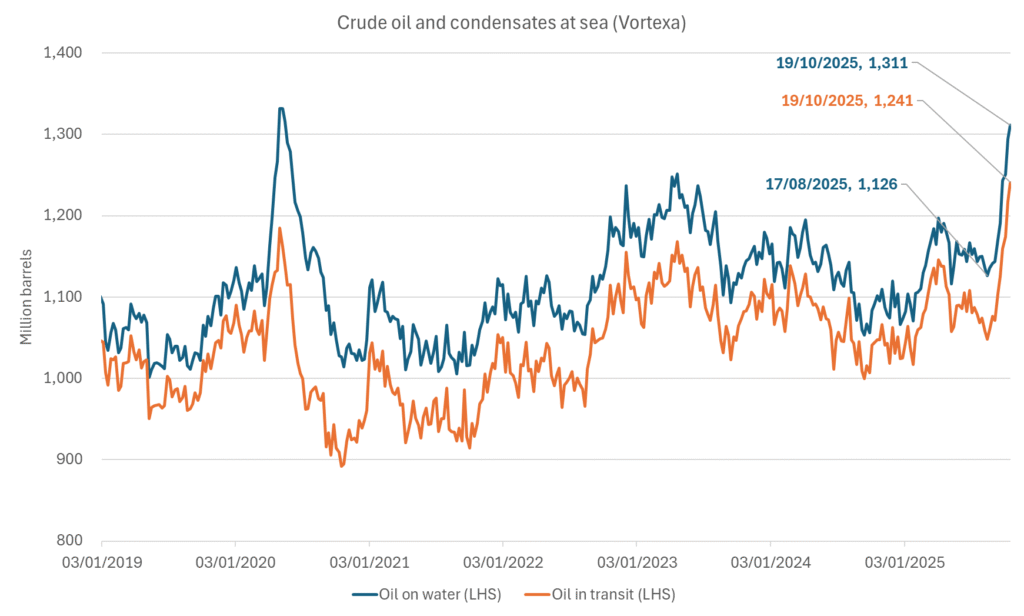
Crude oil floating storage (stationary more than 7 days). Down 11 mb over week to Sunday
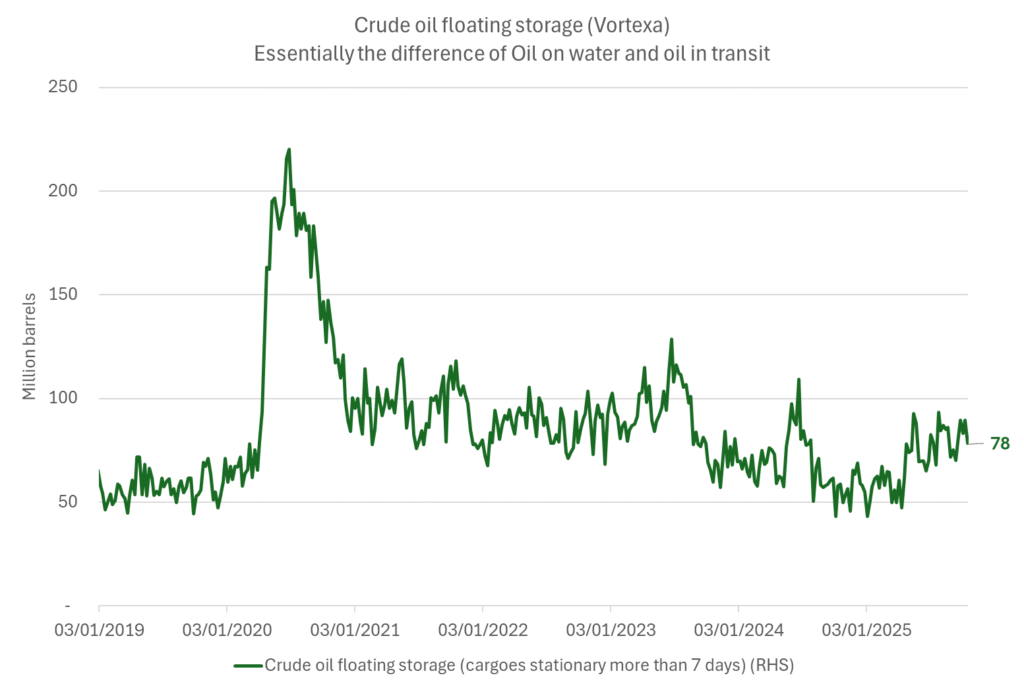
The lowest point of the Brent crude oil curve versus the 5yr contract. Weakest so far this year.
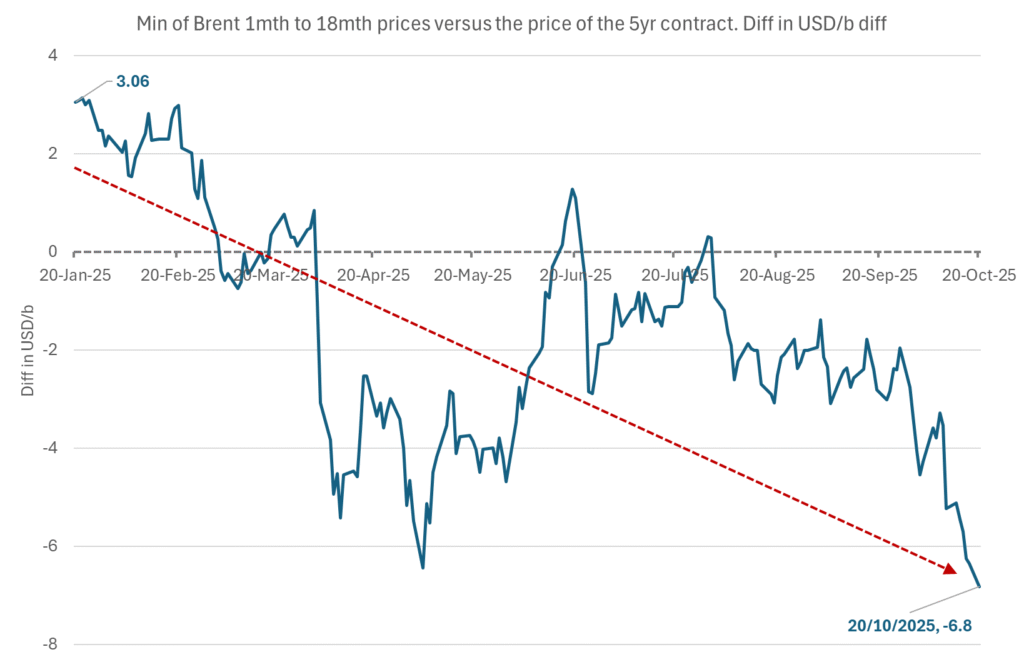
Crude oil 1mth to 3mth time-spreads. Dubai held out strongly through summer, but then that center of strength fell apart in late September and has been leading weakness in crude curves lower since then.
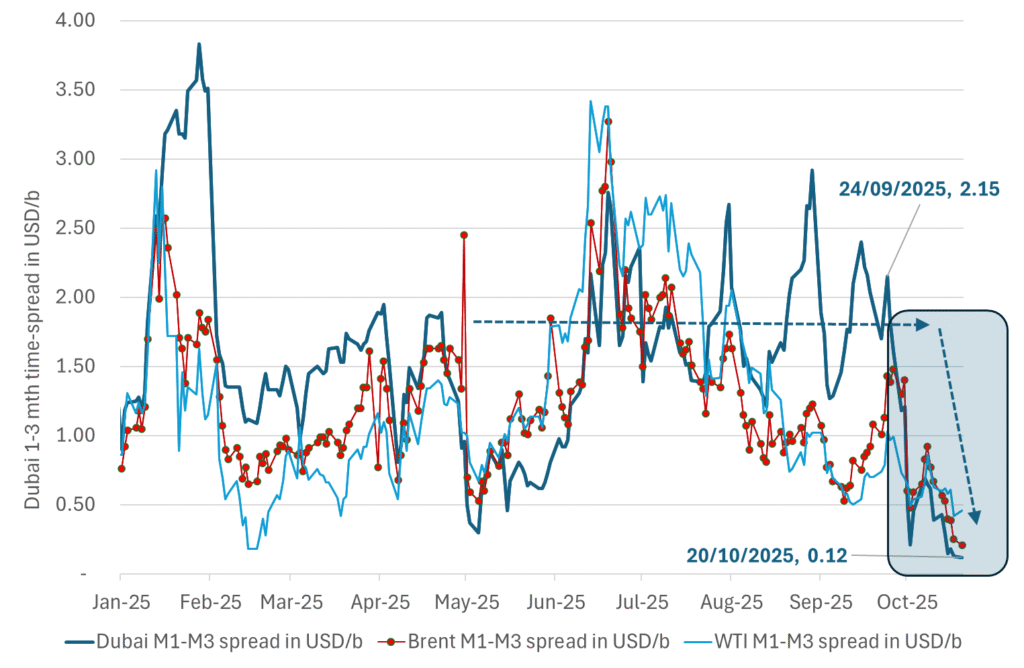
Analys
Crude oil soon coming to a port near you

Rebounding along with most markets. But concerns over solidity of Gaza peace may also contribute. Brent crude fell 0.8% yesterday to $61.91/b and its lowest close since May this year. This morning it is bouncing up 0.9% to $62.5/b along with a softer USD amid positive sentiment with both equities and industrial metals moving higher. Concerns that the peace in Gaza may be less solid than what one might hope for also yields some support to Brent. Bets on tech stocks are rebounding, defying fears of trade war. Money moving back into markets. Gold continues upwards its strong trend and a softer dollar helps it higher today as well.

US crude & products probably rose 5.6 mb last week (API) versus a normal seasonal decline of 2.4 mb. The US API last night partial and thus indicative data for US oil inventories. Their data indicates that US crude stocks rose 7.4 mb last week, gasoline stocks rose 3.0 mb while Distillate stocks fell 4.8 mb. Altogether an increase in commercial crude and product stocks of 5.6 mb. Commercial US crude and product stocks normally decline by 2.4 mb this time of year. So seasonally adjusted the US inventories rose 8 mb last week according to the indicative numbers by the API. That is a lot. Also, the counter seasonal trend of rising stocks versus normally declining stocks this time of year looks on a solid pace of continuation. If the API is correct then total US crude and product stocks would stand 41 mb higher than one year ago and 6 mb higher than the 2015-19 average. And if we combine this with our knowledge of a sharp increase in production and exports by OPEC(+) and a large increase in oil at sea, then the current trend in US oil inventories looks set to continue. So higher stocks and lower crude oil prices until OPEC(+) switch to cuts. Actual US oil inventory data today at 18:00 CET.
US commercial crude and product stocks rising to 1293 mb in week 41 if last nights indicative numbers from API are correct.
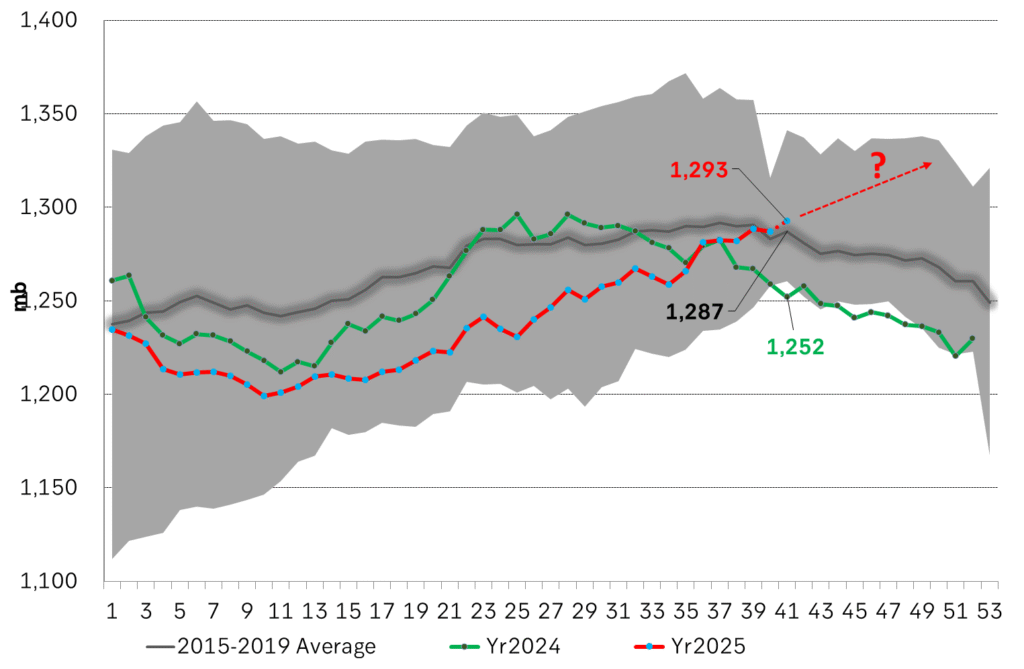
Crude oil soon coming to a port near you. OPEC has lifted production sharply higher this autumn. At the same time demand for oil in the Middle-East has fallen as we have moved out of summer heat and crude oil burn for power for air-conditioning. The Middle-East oil producers have thus been able to lift exports higher on both accounts. Crude oil and condensates on water has shot up by 177 mb since mid-August. This oil is now on its way to ports around the world. And when they arrive, it will likely help to lift stocks onshore higher. That is probably when we will lose the last bit of front-end backwardation the the crude oil curves. That will help to drive the front-month Brent crude oil price down to the $60/b line and revisit the high $50ies/b. Then the eyes will be all back on OPEC+ when they meet in early November and then again in early December.
Crude oil and condensates at sea have moved straight up by 177 mb since mid-August as OPEC(+) has produced more, consumed less and exported more.
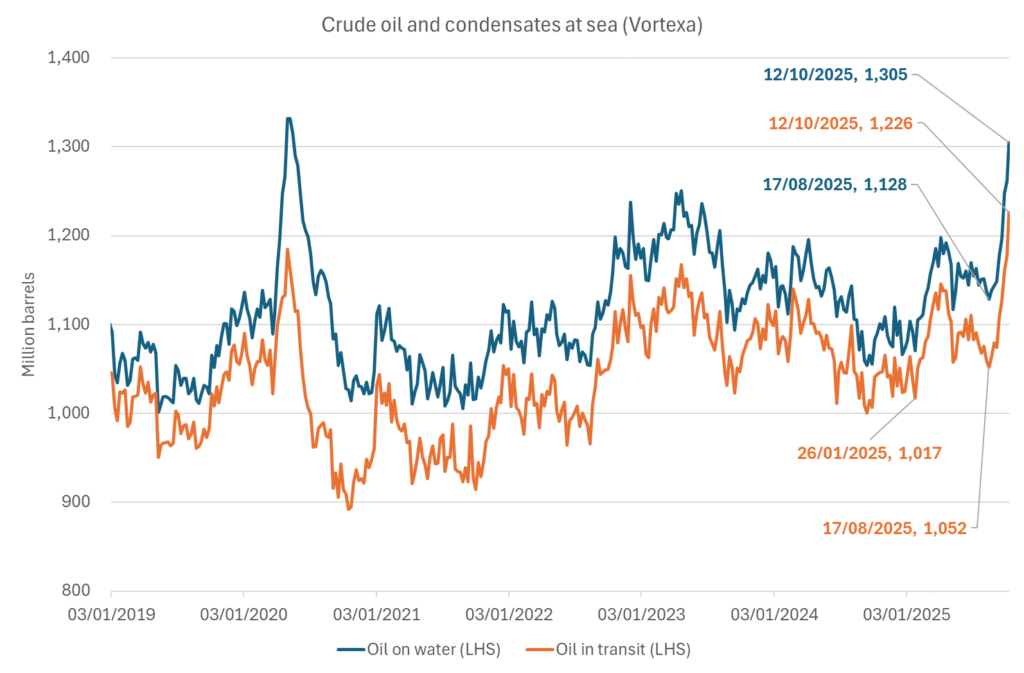
Analys
The Mid-East anchor dragging crude oil lower

When it starts to move lower it moves rather quickly. Gaza, China, IEA. Brent crude is down 2.1% today to $62/b after having traded as high as $66.58/b last Thursday and above $70/b in late September. The sell-off follows the truce/peace in Gaze, a flareup in US-China trade and yet another bearish oil outlook from the IEA.

A lasting peace in Gaze could drive crude oil at sea to onshore stocks. A lasting peace in Gaza would probably calm down the Houthis and thus allow more normal shipments of crude oil to sail through the Suez Canal, the Red Sea and out through the Bab-el-Mandeb Strait. Crude oil at sea has risen from 48 mb in April to now 91 mb versus a pre-Covid normal of about 50-60 mb. The rise to 91 mb is probably the result of crude sailing around Africa to be shot to pieces by the Houthis. If sailings were to normalize through the Suez Canal, then it could free up some 40 mb in transit at sea moving onshore into stocks.
The US-China trade conflict is of course bearish for demand if it continues.
Bearish IEA yet again. Getting closer to 2026. Credibility rises. We expect OPEC to cut end of 2025. The bearish monthly report from the IEA is what it is, but the closer we get to 2026, the more likely the IEA is of being ball-park right in its outlook. In its monthly report today the IEA estimates that the need for crude oil from OPEC in 2026 will be 25.4 mb/d versus production by the group in September of 29.1 mb/d. The group thus needs to do some serious cutting at the end of 2025 if it wants to keep the market balanced and avoid inventories from skyrocketing. Given that IEA is correct that is. We do however expect OPEC to implement cuts to avoid a large increase in inventories in Q1-26. The group will probably revert to cuts either at its early December meeting when they discuss production for January or in early January when they discuss production for February. The oil price will likely head yet lower until the group reverts to cuts.
Dubai: The Mid-East anchor dragging crude oil lower. Surplus emerging in Mid-East pricing. Crude oil prices held surprisingly strong all through the summer. A sign and a key source of that strength came from the strength in the front-end backwardation of the Dubai crude oil curve. It held out strong from mid-June and all until late September with an average 1-3mth time-spread premium of $1.8/b from mid-June to end of September. The 1-3mth time-spreads for Brent and WTI however were in steady deterioration from late June while their flat prices probably were held up by the strength coming from the Persian Gulf. Then in late September the strength in the Dubai curve suddenly collapsed. Since the start of October it has been weaker than both the Brent and the WTI curves. The Dubai 1-3mth time-spread now only stands at $0.25/b. The Middle East is now exporting more as it is producing more and also consuming less following elevated summer crude burn for power (Aircon) etc.
The only bear-element missing is a sudden and solid rise in OECD stocks. The only thing that is missing for the bear-case everyone have been waiting for is a solid, visible rise in OECD stocks in general and US oil stocks specifically. So watch out for US API indications tomorrow and official US oil inventories on Thursday.
No sign of any kind of fire-sale of oil from Saudi Arabia yet. To what we can see, Saudi Arabia is not at all struggling to sell its oil. It only lowered its Official Selling Prices (OSPs) to Asia marginally for November. A surplus market + Saudi determination to sell its oil to the market would normally lead to a sharp lowering of Saudi OSPs to Asia. Not yet at least and not for November.
The 5yr contract close to fixed at $68/b. Of importance with respect to how far down oil can/will go. When the oil market moves into a surplus then the spot price starts to trade in a large discount to the 5yr contract. Typically $10-15/b below the 5yr contract on average in bear-years (2009, 2015, 2016, 2020). But the 5yr contract is usually pulled lower as well thus making this approach a moving target. But the 5yr contract price has now been rock solidly been pegged to $68/b since 2022. And in the 2022 bull-year (Brent spot average $99/b), the 5yr contract only went to $72/b on average. If we assume that the same goes for the downside and that 2026 is a bear-year then the 5yr goes to $64/b while the spot is trading at a $10-15/b discount to that. That would imply an average spot price next year of $49-54/b. But that is if OPEC doesn’t revert to cuts and instead keeps production flowing. We think OPEC(+) will trim/cut production as needed into 2026 to prevent a huge build-up in global oil stocks and a crash in prices. But for now we are still heading lower. Into the $50ies/b.
-

 Nyheter4 veckor sedan
Nyheter4 veckor sedanOPEC+ missar produktionsmål, stöder oljepriserna
-

 Nyheter2 veckor sedan
Nyheter2 veckor sedanGoldman Sachs höjer prognosen för guld, tror priset når 4900 USD
-

 Nyheter4 veckor sedan
Nyheter4 veckor sedanEtt samtal om guld, olja, fjärrvärme och förnybar energi
-

 Nyheter3 veckor sedan
Nyheter3 veckor sedanGuld nära 4000 USD och silver 50 USD, därför kan de fortsätta stiga
-
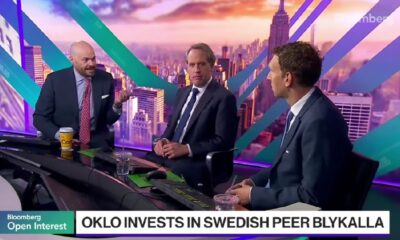
 Nyheter3 veckor sedan
Nyheter3 veckor sedanBlykalla och amerikanska Oklo inleder ett samarbete
-

 Analys4 veckor sedan
Analys4 veckor sedanAre Ukraine’s attacks on Russian energy infrastructure working?
-
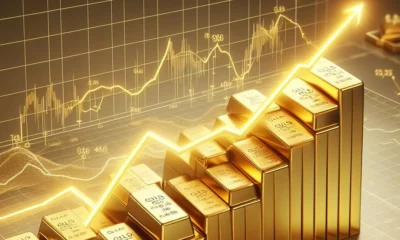
 Nyheter4 veckor sedan
Nyheter4 veckor sedanGuldpriset uppe på nya höjder, nu 3750 USD
-

 Nyheter3 veckor sedan
Nyheter3 veckor sedanEtt samtal om guld, olja, koppar och stål



